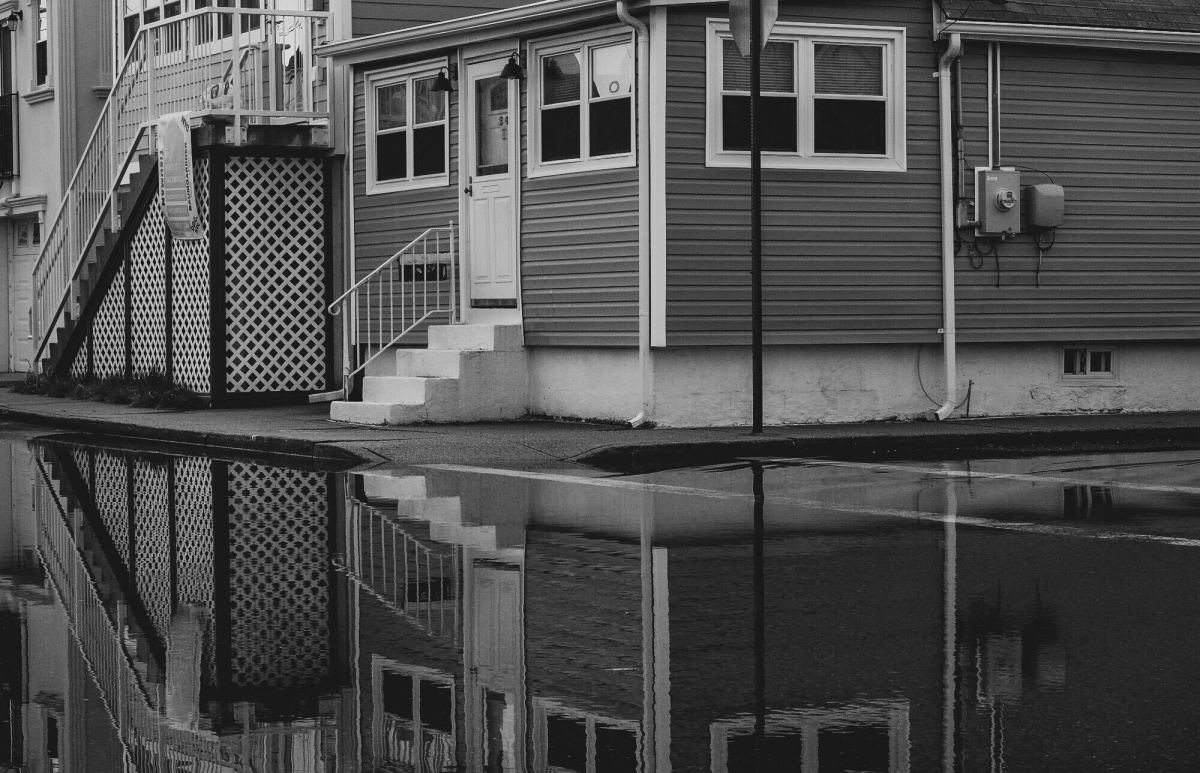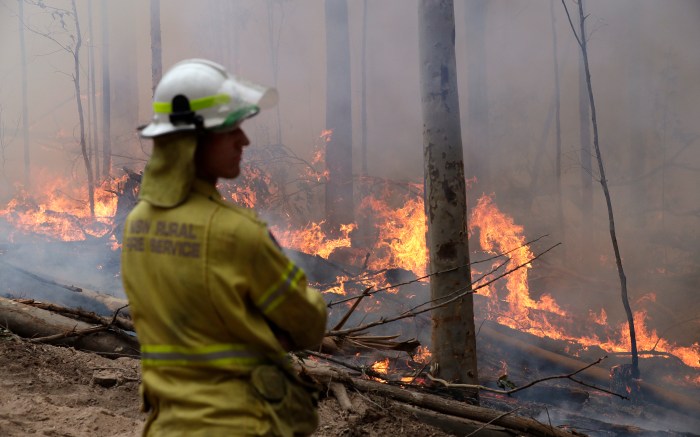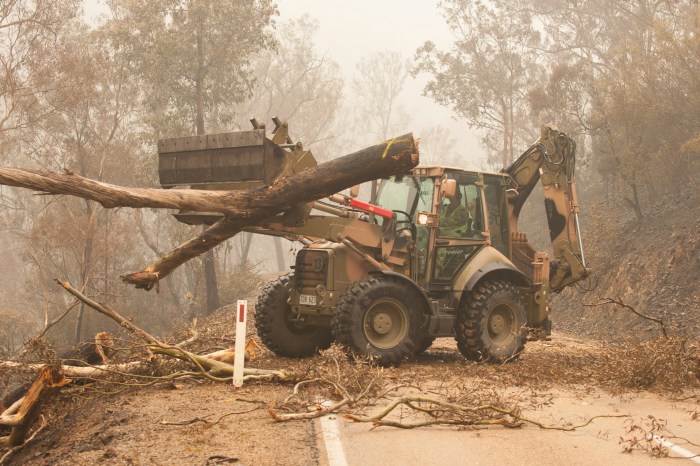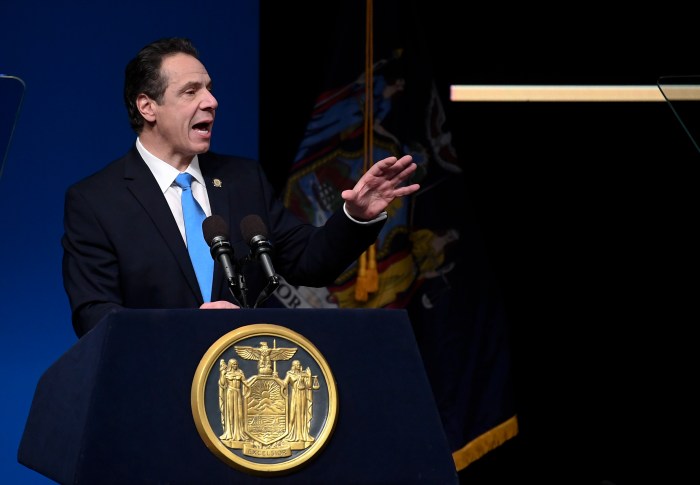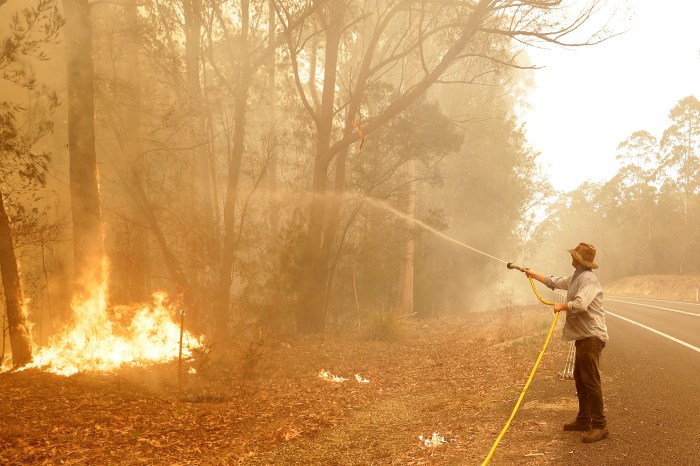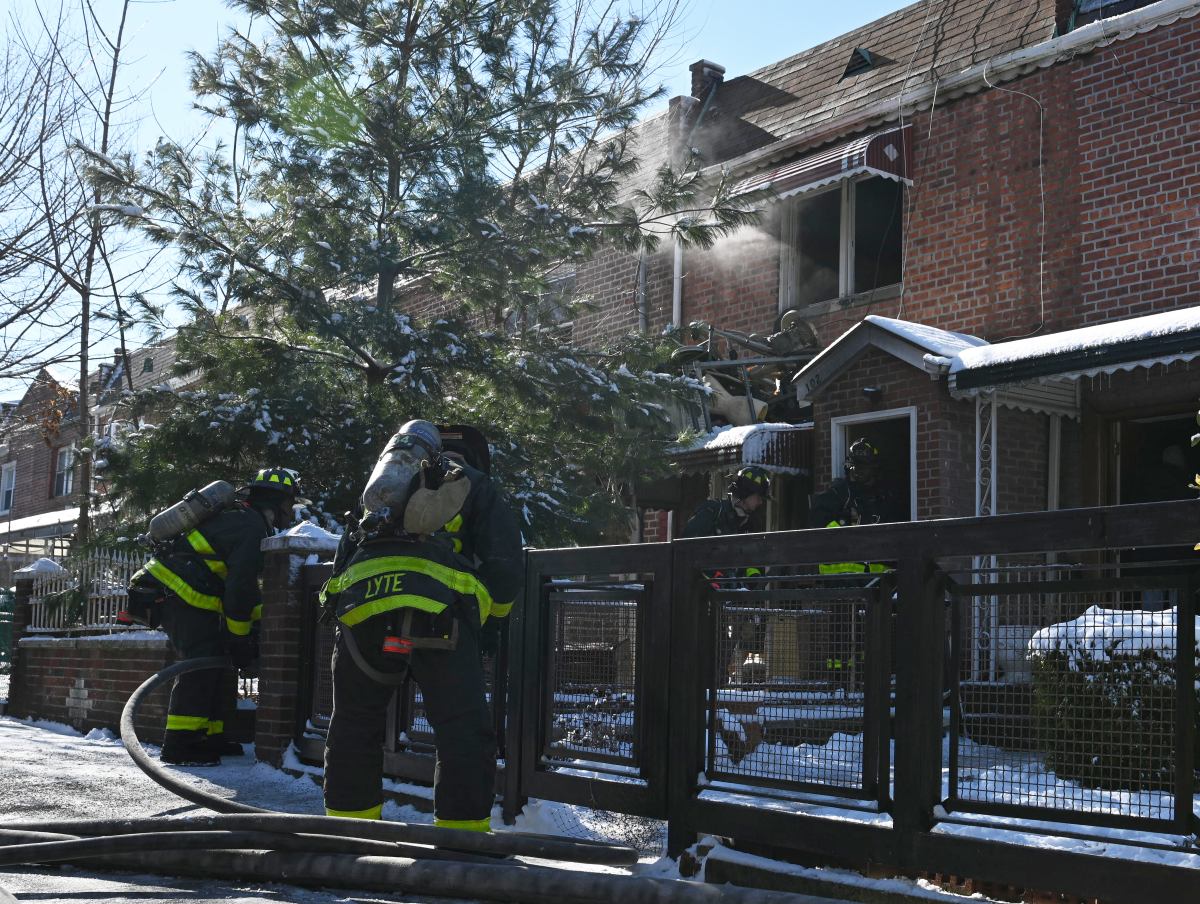The Department of City Planning has a new zoning proposal that will help New Yorkers in waterfront communities prepare from climate change events and plan for resiliency.
With up to 400,000 people and 80,000 structures on New York City’s 520 miles of coastline, the DCP is taking a page from the proverbial Superstorm Sandy recovery handbook and will be going through public review process on the new requirements for such communities in the coming months.
Michael Marrella, the director of Waterfront and Open Space Planning at the Department of City Planning, says ZCFR zoning will especially help people living on Jamaica Bay protect their properties through essentially the next century of climate change.
“Hurricane Sandy was obviously huge event for the city, it was led to horrible devastation. But it also taught us some really important lessons and one of the most important lessons was that building codes have new standards,” Marrella said. “That’s really at the heart of what we’re proposing, is making certain homeowners and building owners can build and retrofit to better resiliency standards without facing the penalties of flooding.”
One thing ZCFR does not do, according to Marrella, is raise the standard for how high a building needs to be above the flood elevation. It does however, lift restrictions that prevent homeowners building or rebuilding higher than before.
Senior Planner at DCP, Manuela Powidayko, said making even incremental steps toward meeting resiliency standards would get people back in their homes faster. ZCFR zoning will give people the flexibility to situate electrical and other components above the flood elevation instead of on the ground floor or cellar.
“A lot of zoning code in several areas of the city, when you’re developing, requires that it provide waterfront access and the design of waterfront access right now in the current rules, it prevents the waterfront yard to be raise to ensure they’re protected from sea level rise,” Powidayko said. “The temperate text that was passed after Sandy actually allowed for raising of waterfront sites, so we’ll be making sure that that is made permanent.”
Homeowners could build above the standard flood elevation if they chose while nursing homes would not be zoned in areas of flooding due to their dependency on electrical equipment.
The Build It Back program was a famous disaster that failed to solve billions of dollars in damage by taking years to put many back in their homes, while those who were able to get their homes raise up to a safe level have been the victims of what many claim to have been botched labor.
“After Sandy, we saw a lot of our building stock being knocked down and a lot of homes being completely washed away, so we needed to very quickly put zoning provisions in place that would facilitate retrofits and construction. We went back and forth for years to learn from those lessons and see what rules were not working well,” Powidayko said.
According to Marrella, many homeowners after Sandy had their homes raised in the Build It Back program to the level recommended by FEMA at the time. This, however, meant that many would surpass the height regulations of their community.
Marrella said ZCFR would prevent people from facing the dilemma of building above the FEMA and below their comfort level, capped by outdated zoning laws.
Residents of Howard Beach have been, much like Broad Channel and parts of southern Brooklyn, just can’t seem to stay dry. In fact, residents of Howard Beach in particular have been waiting for the federal government to act on projects for berms, levees, storm barriers and interior drainage that were approved up to 50 years ago for flood relief which they say has only increased over the last 20 years.
If the zoning change passes, Old Howard Beach builders could no longer be able to construct attached structures, which are more difficult to retrofit and elevate, according to DCP.
In Sheepshead Bay, this may see below-grade plazas being prohibited due to their propensity to flood and in Gerritsen Beach houses would be restricted to no more than 25 feet above the ground floor.
Before the new zoning can go into effect, community boards would first have to voice concerns before City Council could vote and eventually reach the mayor’s desk for either a signature or a veto.



